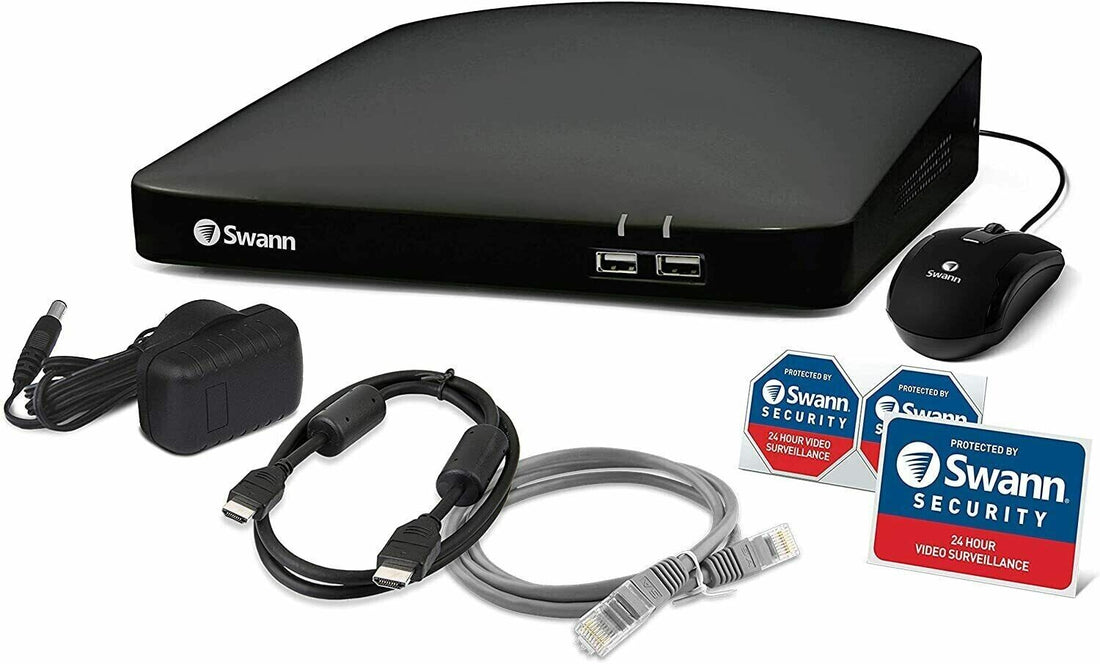In an age where security concerns are paramount, the ability to monitor and record our surroundings provides not just peace of mind but a crucial deterrent against potential threats. While the digital revolution has introduced a plethora of recording devices, the Digital Video Recorder (DVR) remains a steadfast component in many surveillance systems. But what is a DVR, and how does it function? This article breaks down the essentials of DVR technology for those new to the concept.
What is a Digital Video Recorder (DVR)?
A DVR is a device that records video in a digital format to a disk drive, USB flash drive, SD memory card, or another storage medium. It differs from traditional videotape recorders by converting analog video signals into digital format, offering enhanced video quality and storage efficiency. Unlike Network Video Recorders (NVRs) that require a network to connect with cameras, DVRs connect directly to analog cameras using coaxial cables.
How Does a DVR Work?
The heart of a DVR system is its ability to convert analog signals from cameras into digital data. This data is then compressed and stored on the device's hard drive. DVR systems typically support multiple camera inputs, allowing simultaneous recording and live viewing from connected cameras. Users can access recorded footage directly on the DVR, or remotely via the internet, depending on the system's capabilities.
Key Features of a DVR System
Key to the appeal of DVR systems is their straightforwardness and reliability. They offer real-time monitoring and recording across all connected cameras, often featuring motion detection to trigger alerts and recordings, ensuring that every critical moment is captured.
Benefits of Using a DVR
DVRs present a cost-effective and reliable option for those looking to secure their premises. Their compatibility with existing coaxial cable infrastructures makes them easy to install and upgrade. Continuous recording capabilities ensure that surveillance is uninterrupted, providing comprehensive coverage of your property.
Considerations When Choosing a DVR
When selecting a DVR, it's essential to consider the number of channels you need—determining how many cameras the system can support. The resolution of recorded video and the DVR's storage capacity are also critical factors, impacting the quality and quantity of footage you can store.
Swann DVR Recommendations
For those exploring DVR options, Swann offers robust and user-friendly models:
Swann DVR-5680: 4K 4 or 8 Channel Recorder
The Swann DVR-5680 is an excellent choice for users seeking superior video quality. Capable of recording in 4K, it offers exceptional clarity, making it easier to identify details in recorded footage. Available in both 4 and 8 channel configurations, it suits a range of surveillance needs, from small homes to larger properties.
Swann DVR-4680: 1080p 4 or 8 Channel Recorder
For those who prioritize reliability and value, the Swann DVR-4680 records in 1080p HD, offering a balance between high-quality video and storage efficiency. Like its 4K counterpart, this model is available in 4 and 8 channel versions, catering to different scales of surveillance setups.
Conclusion
As the digital landscape evolves, so too does the technology we use to protect our homes and businesses. Digital Video Recorders (DVRs) offer a reliable, efficient way to monitor and record our environments, ensuring security and peace of mind. With models like the Swann DVR-5680 and DVR-4680, choosing the right DVR system means investing in the safety and security of what matters most. Whether for home or business, a carefully selected DVR system can provide a robust foundation for any surveillance strategy.

